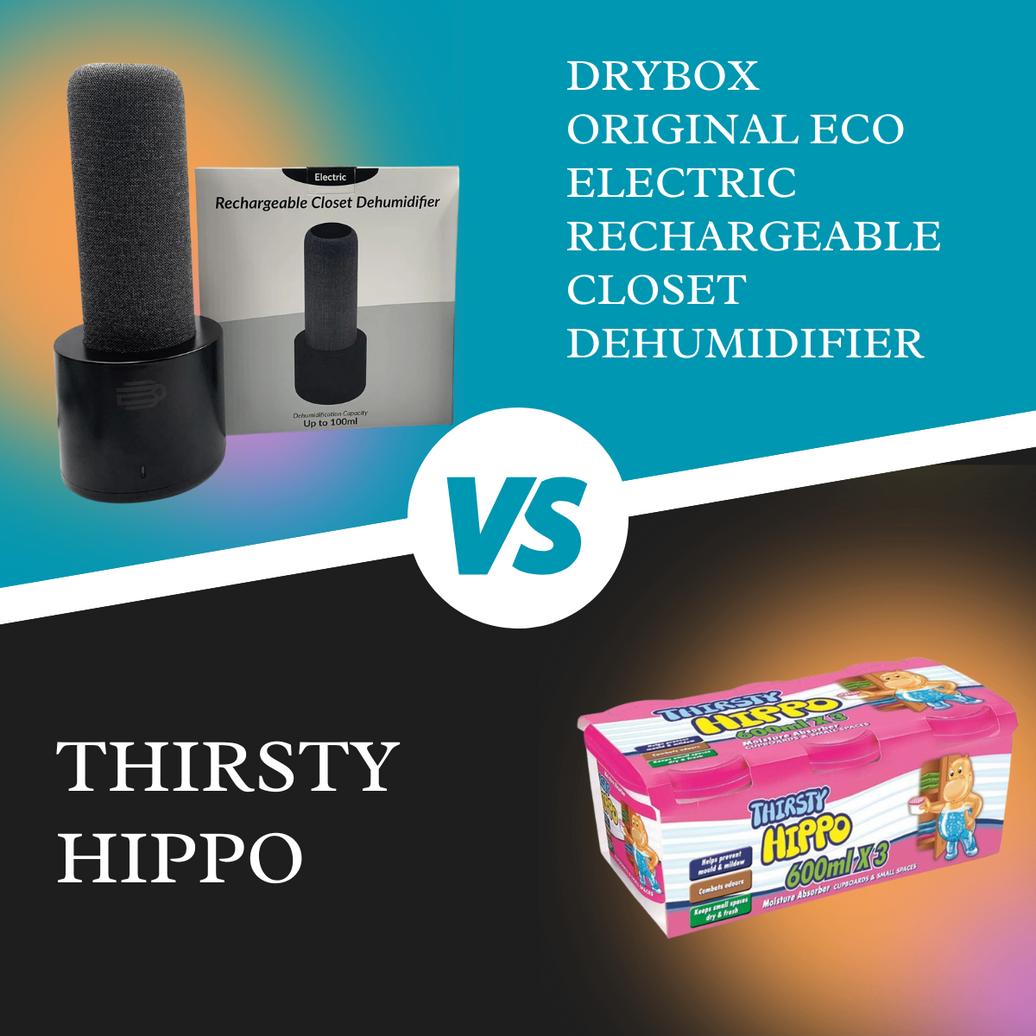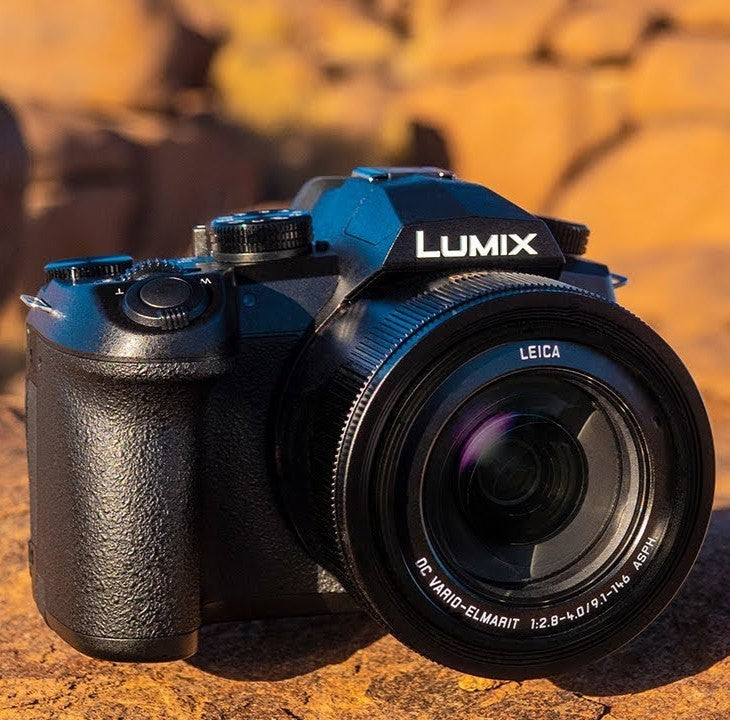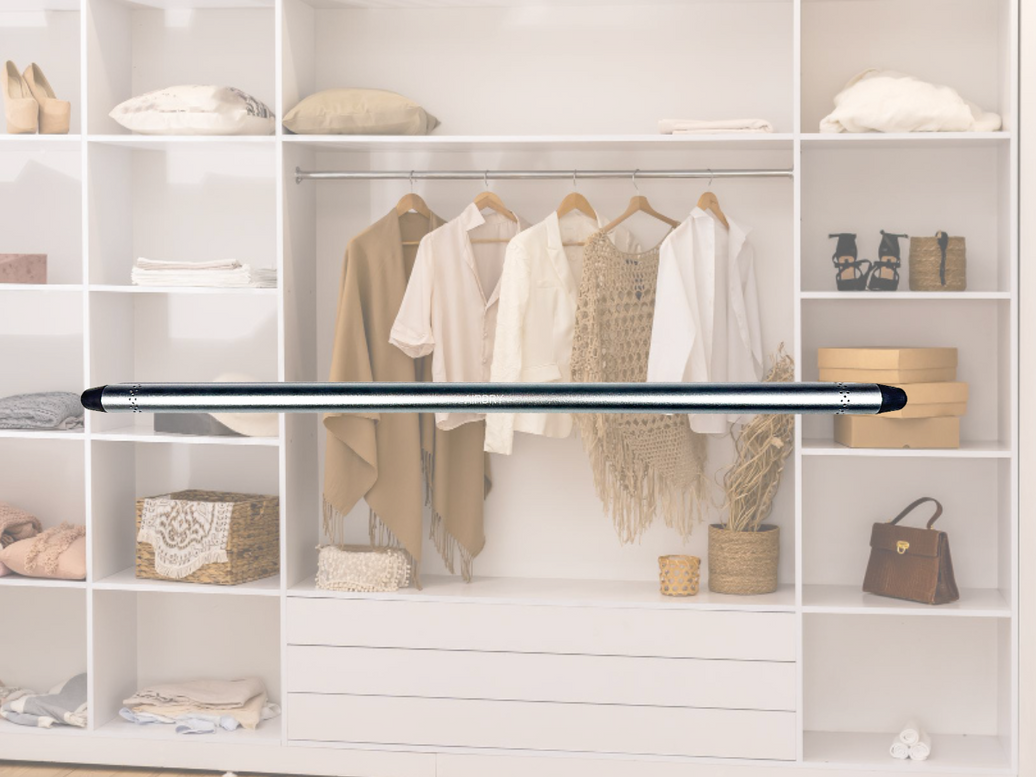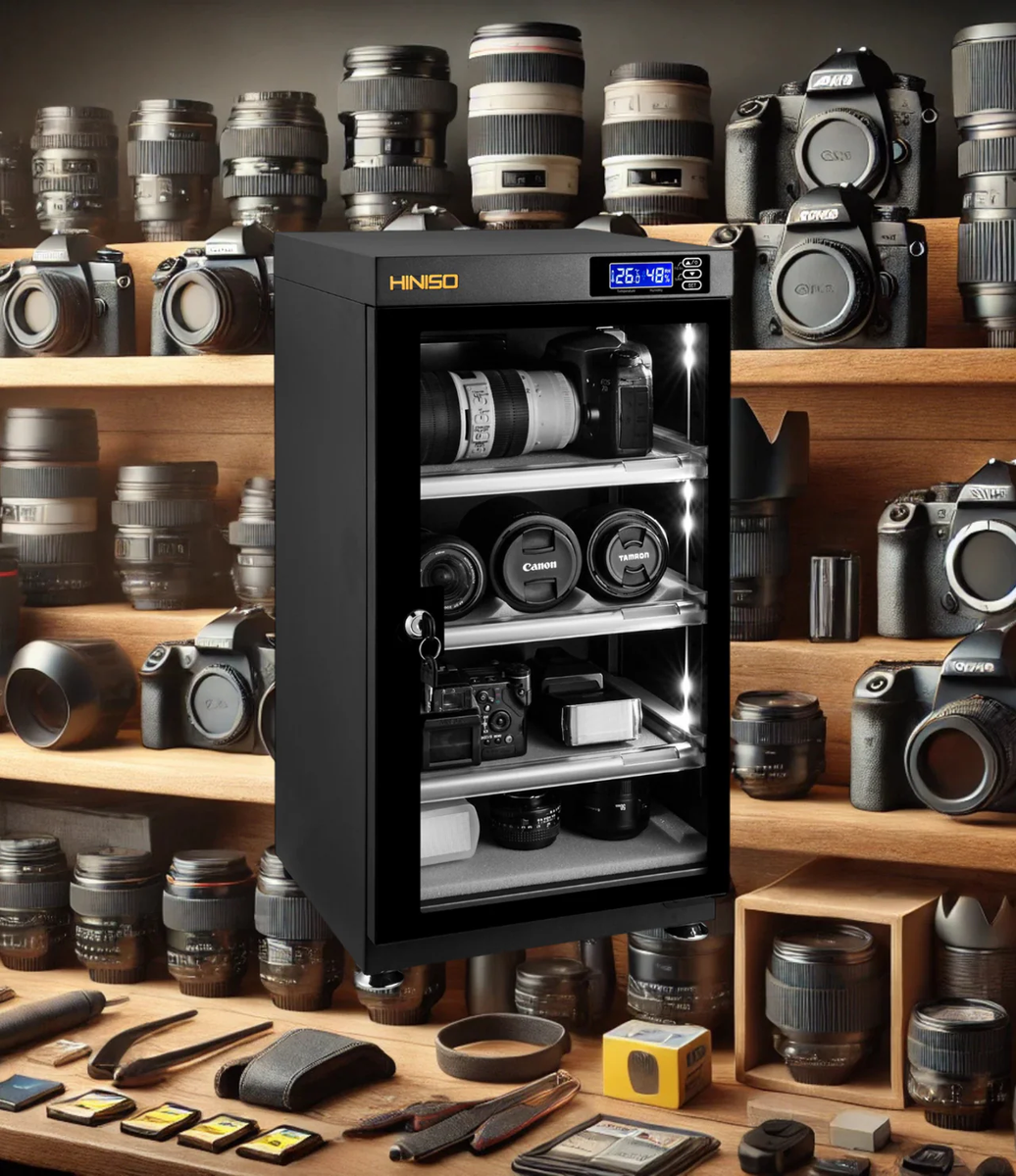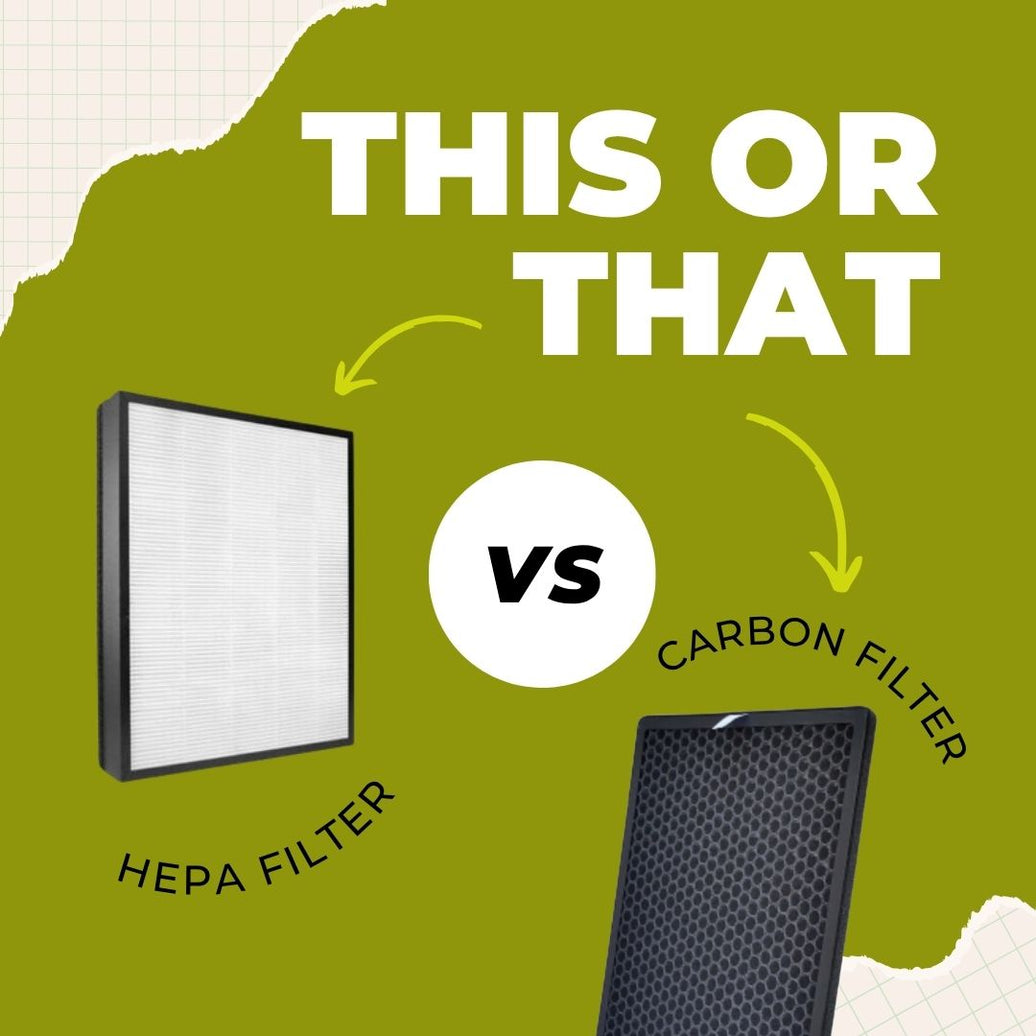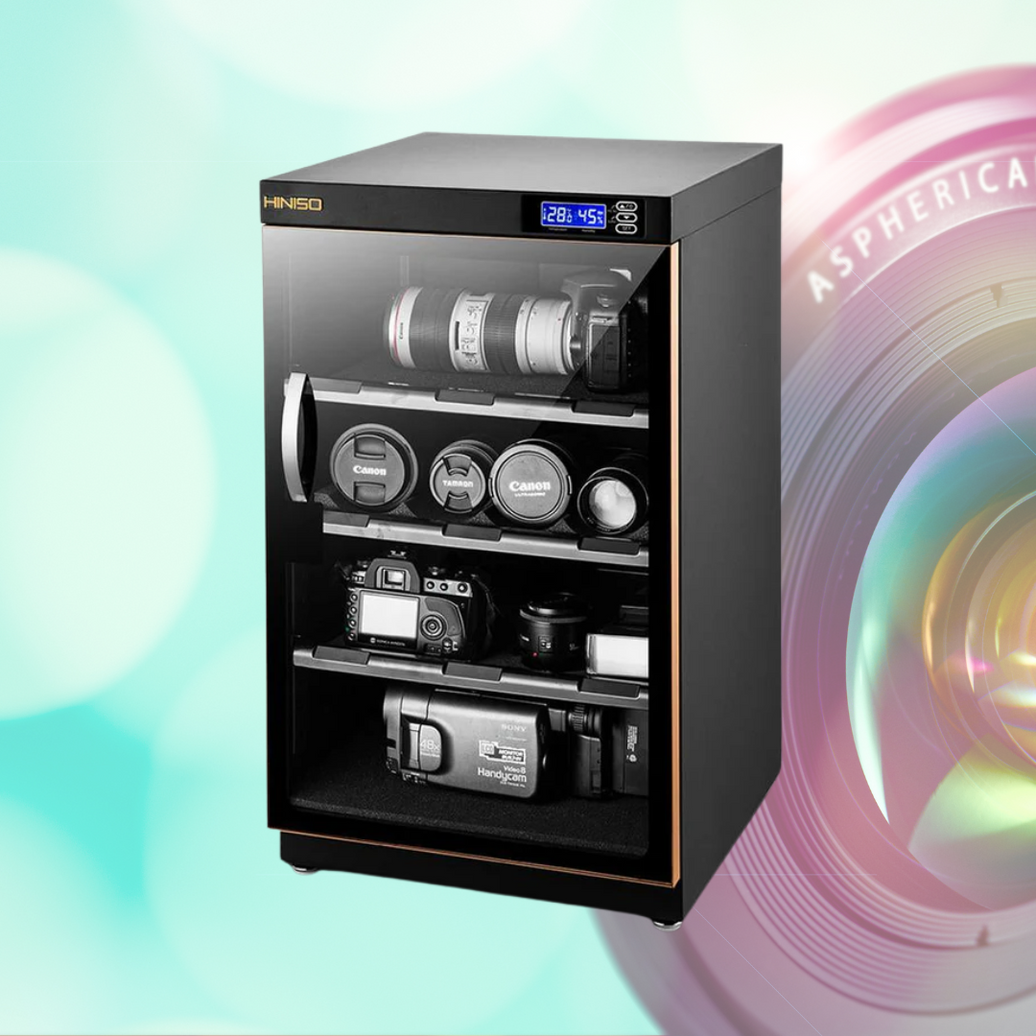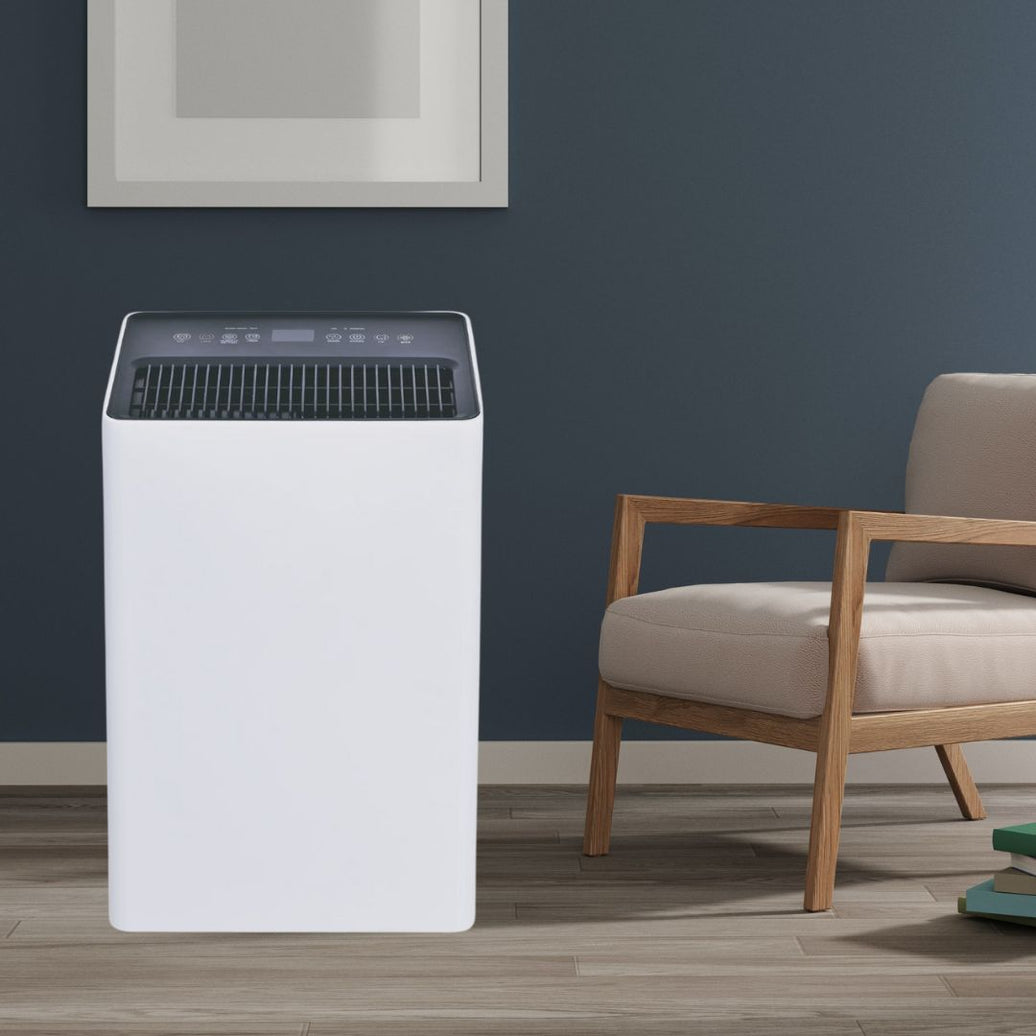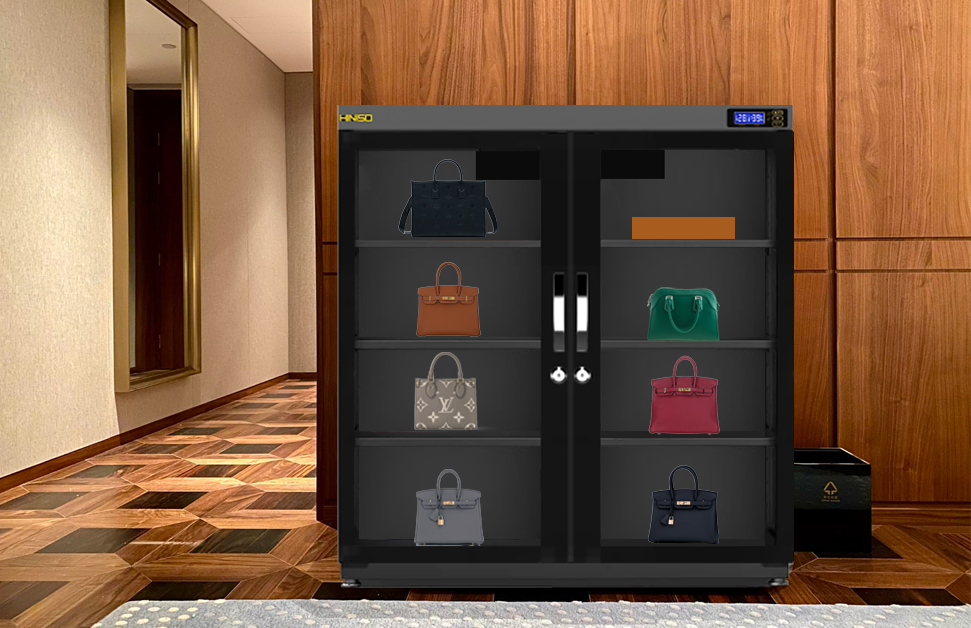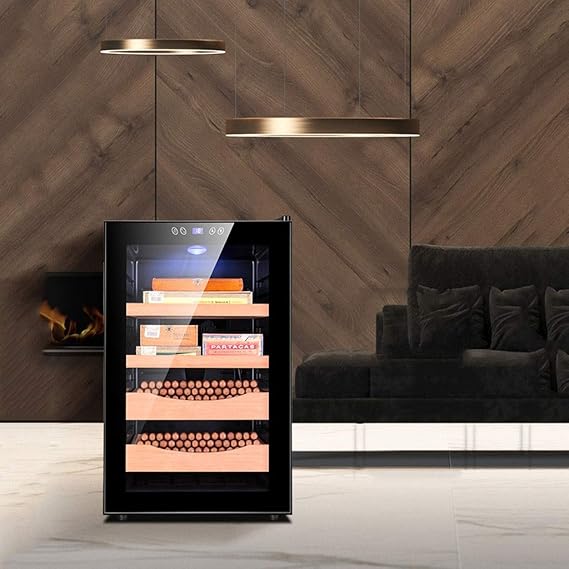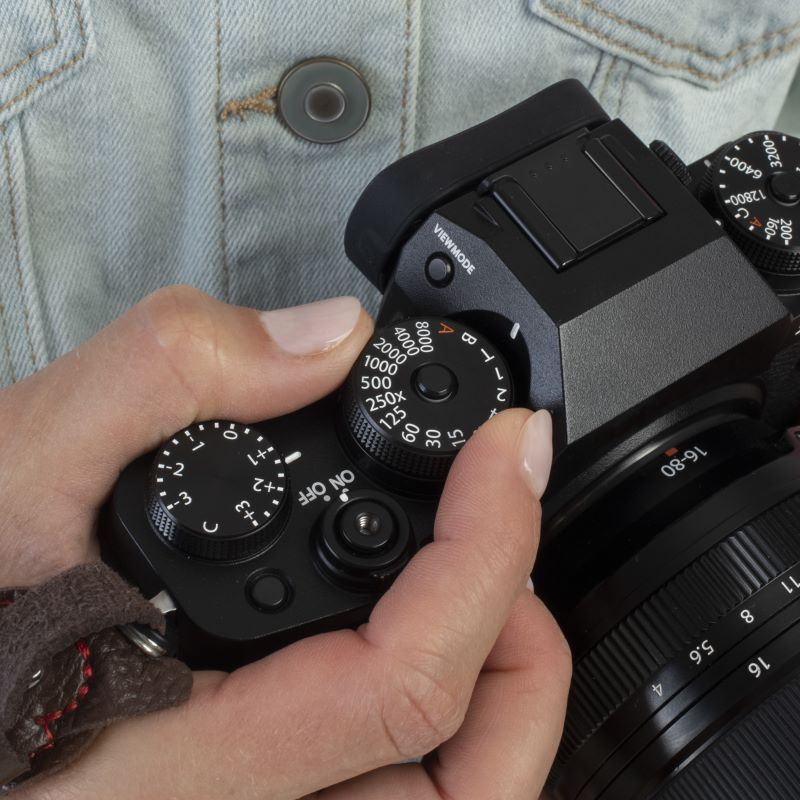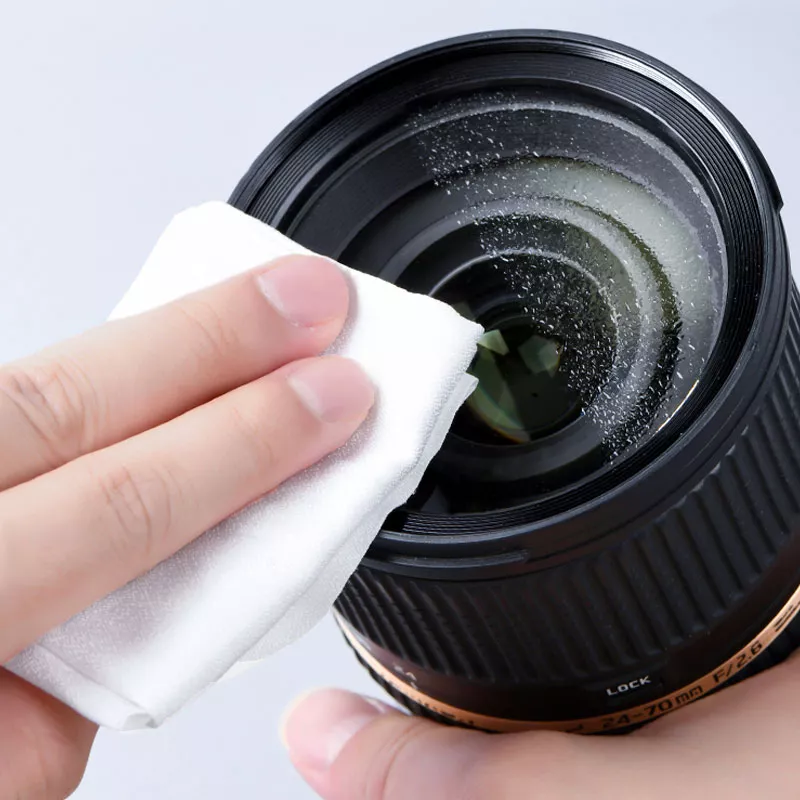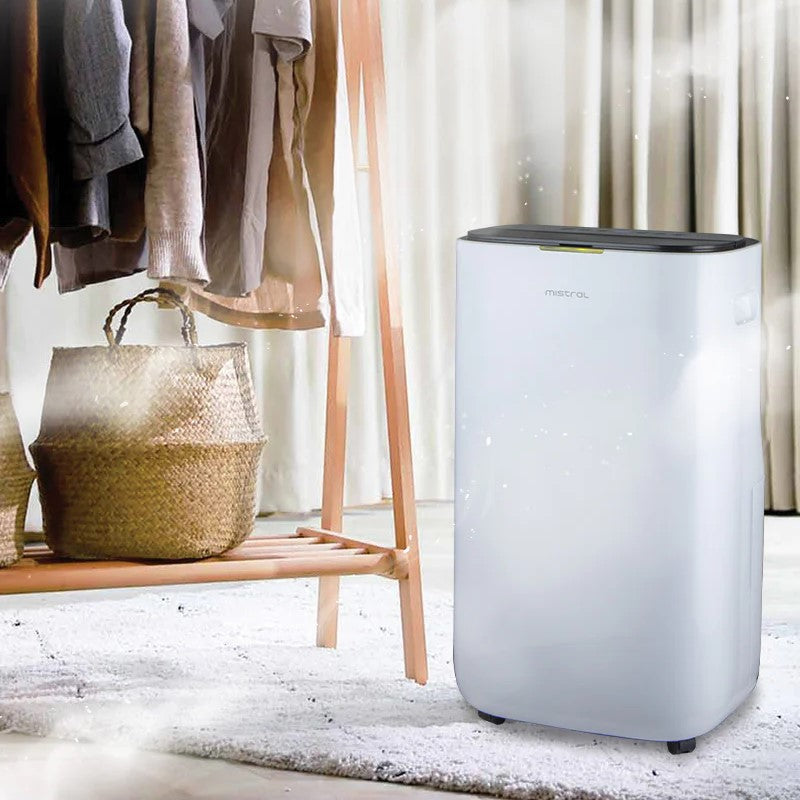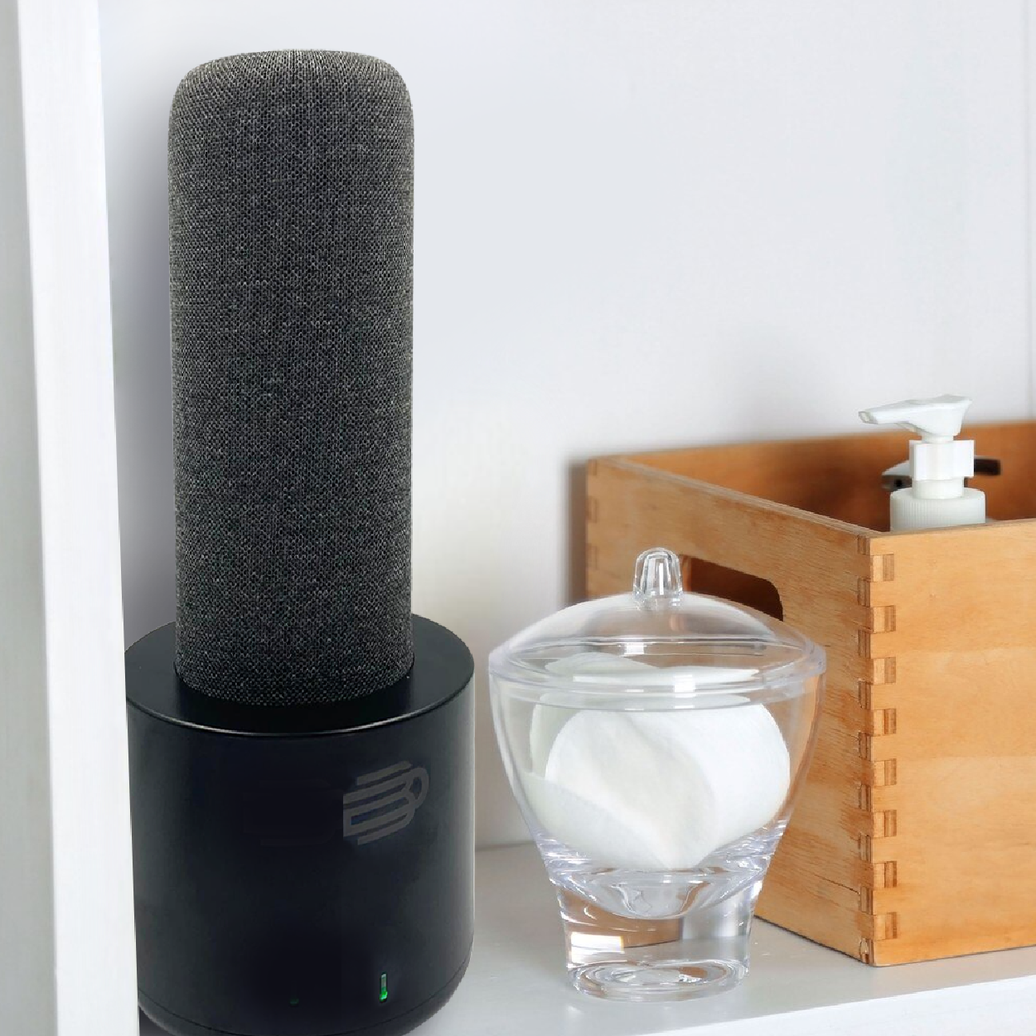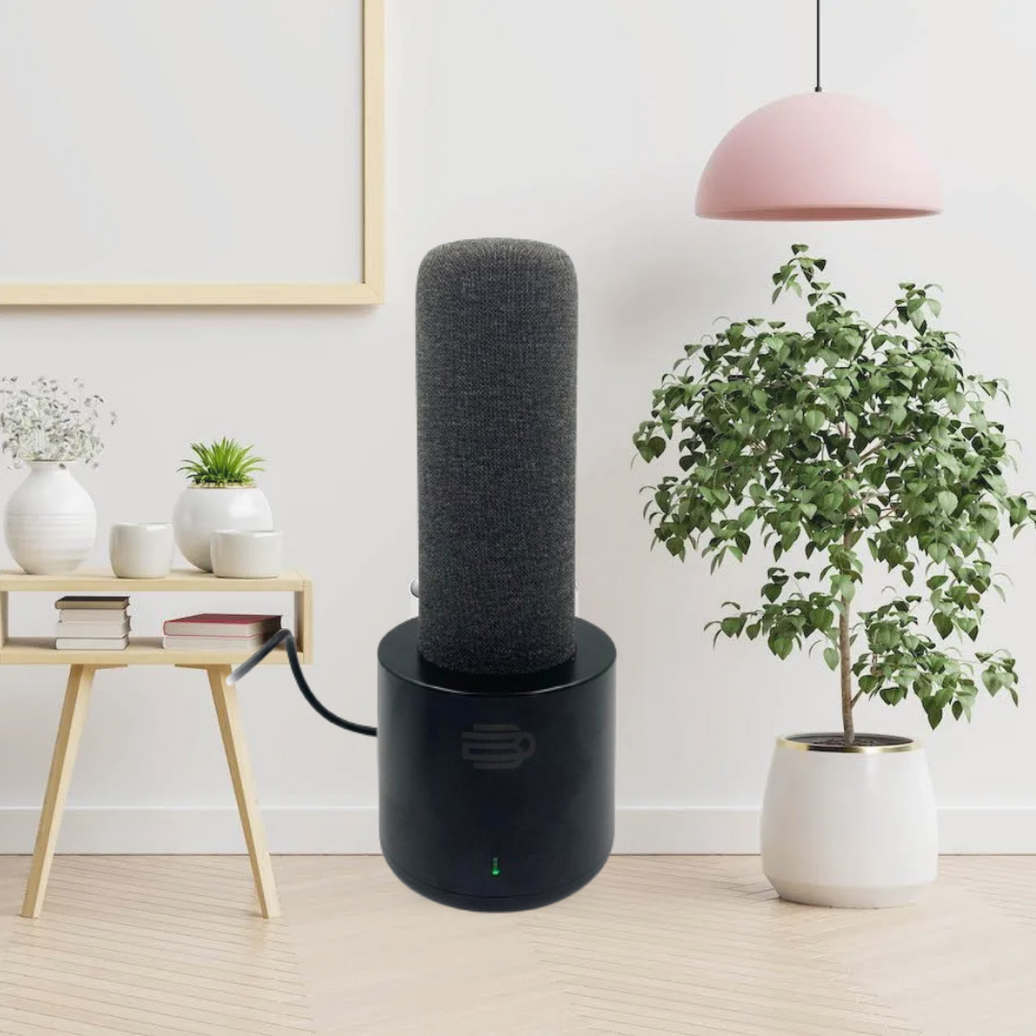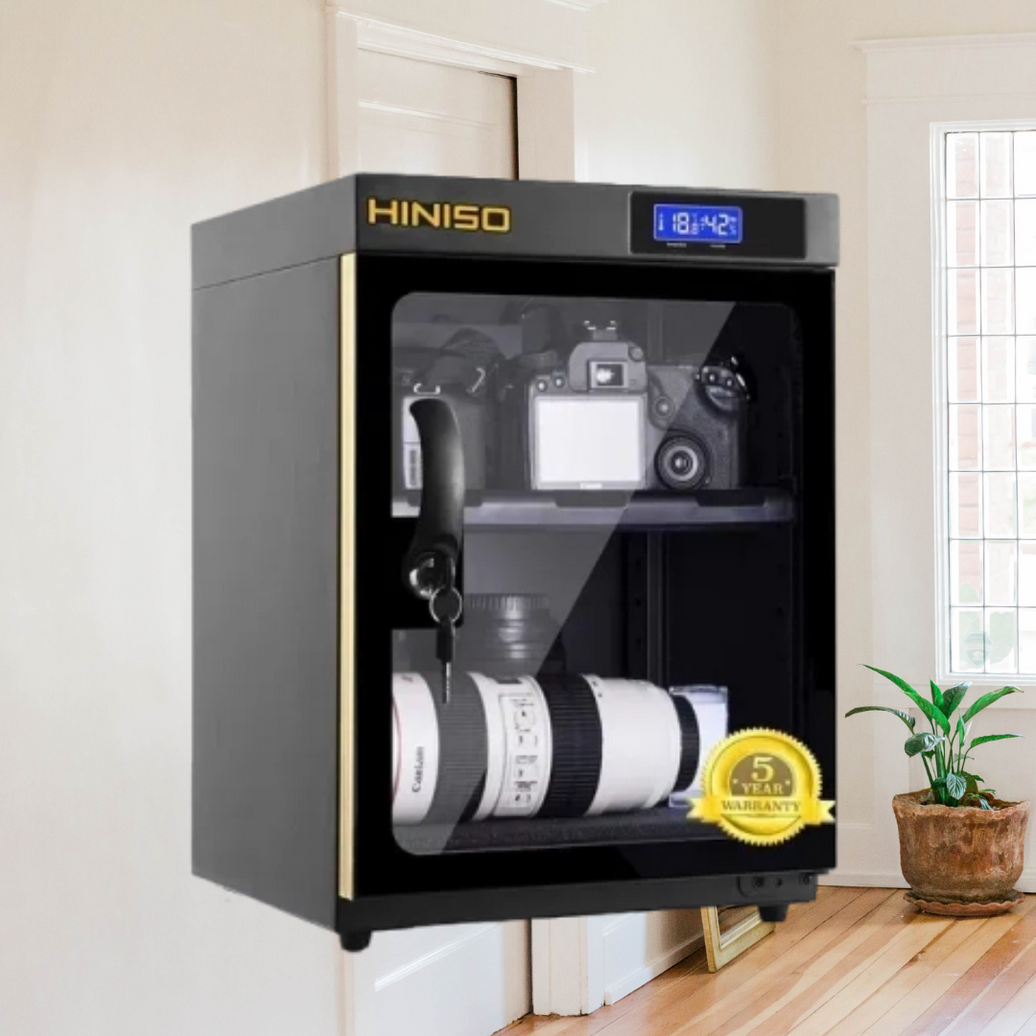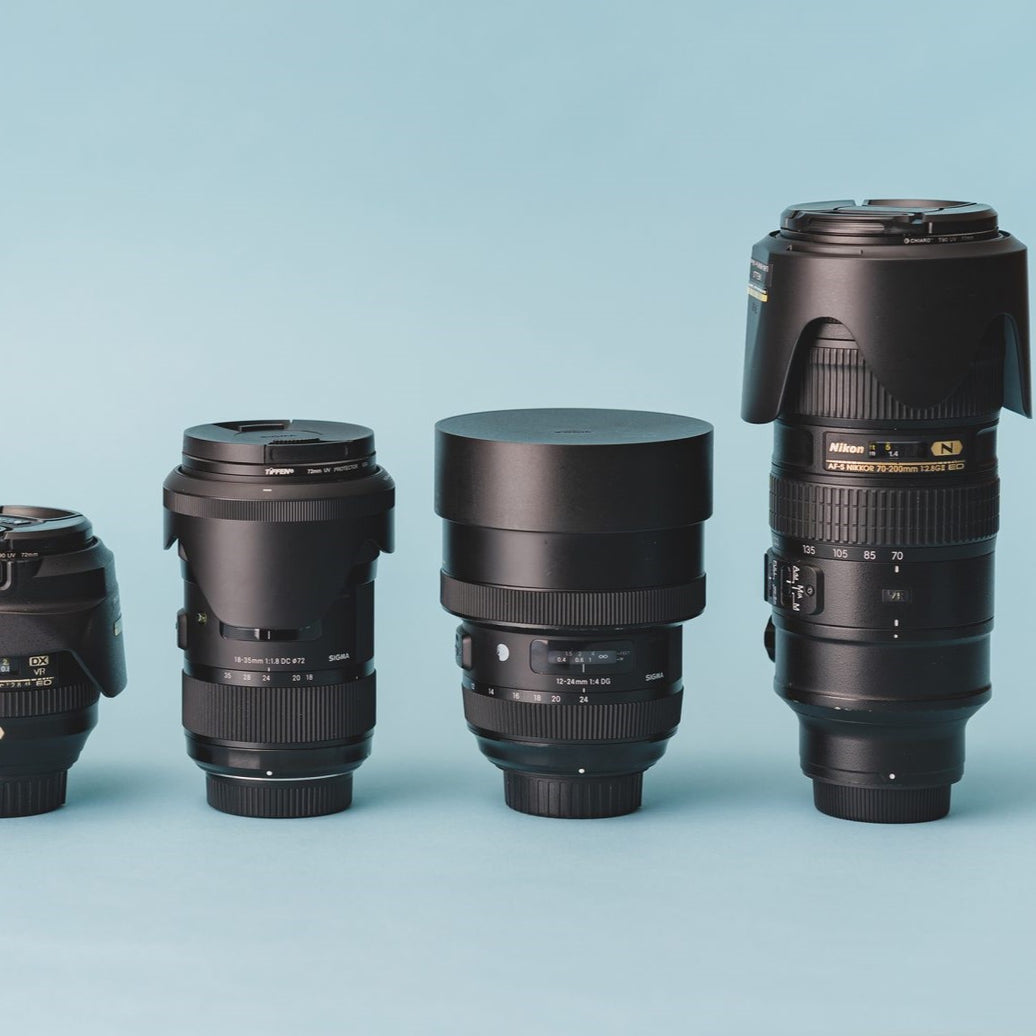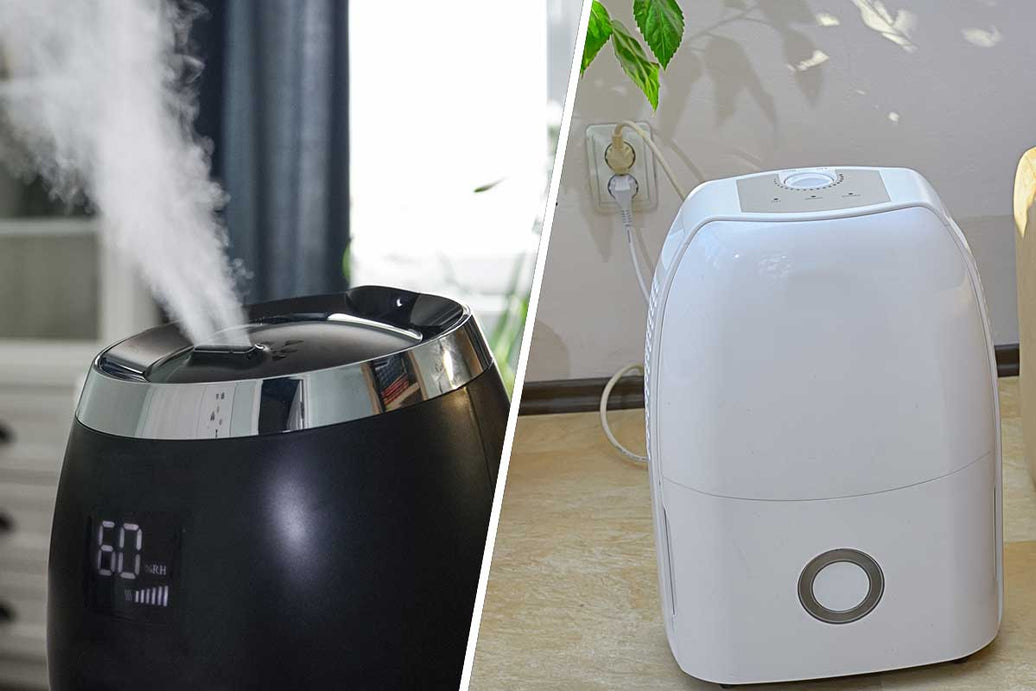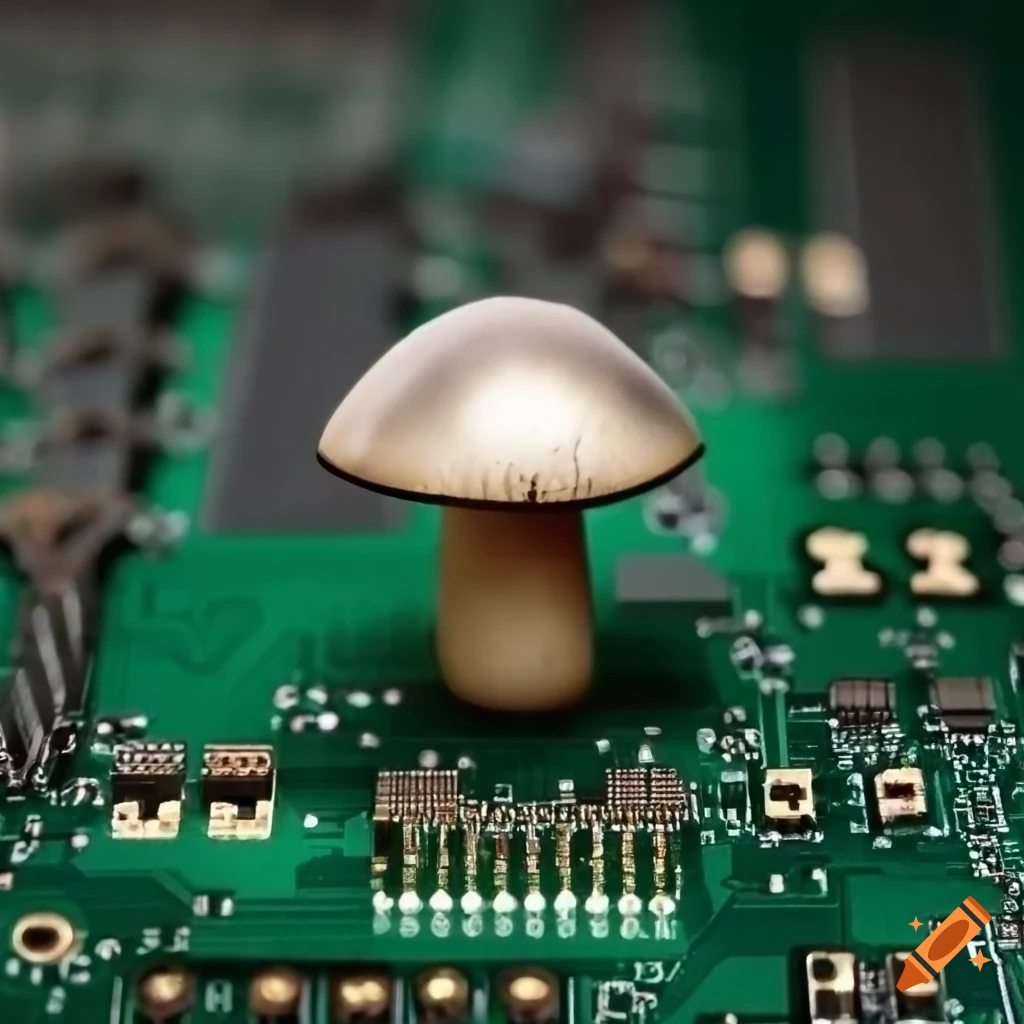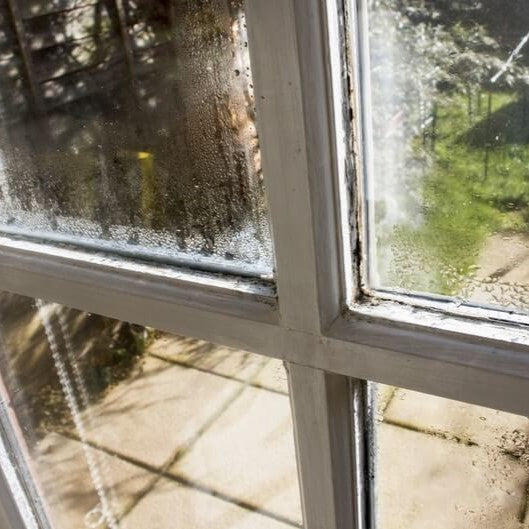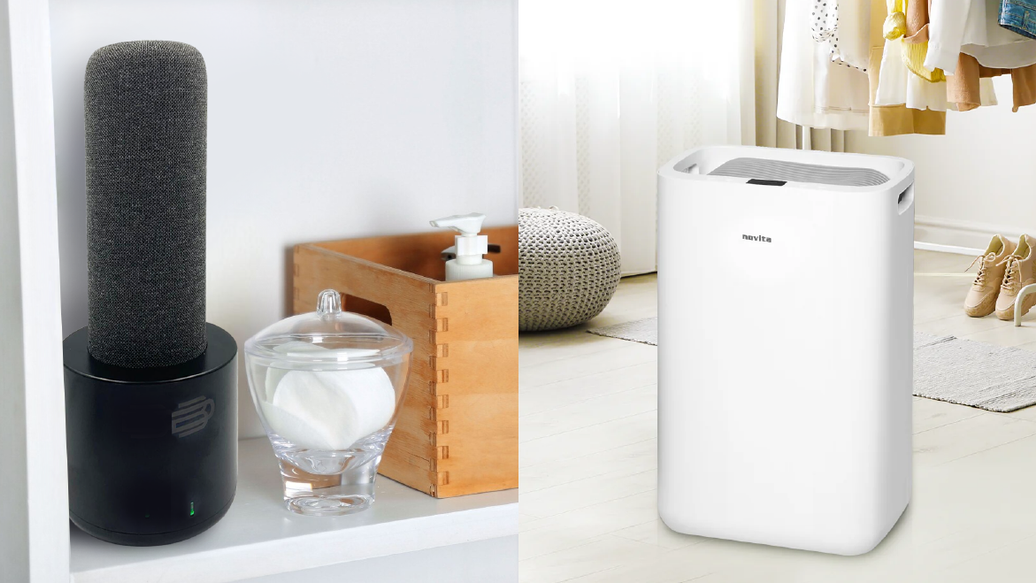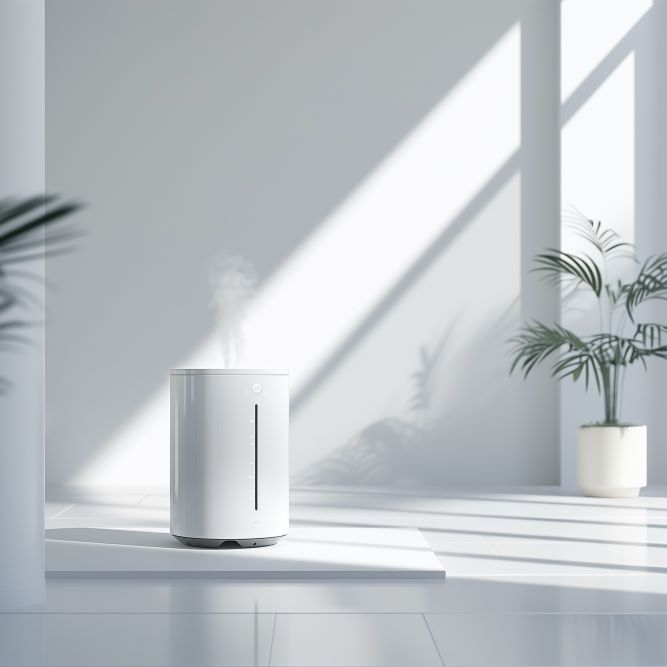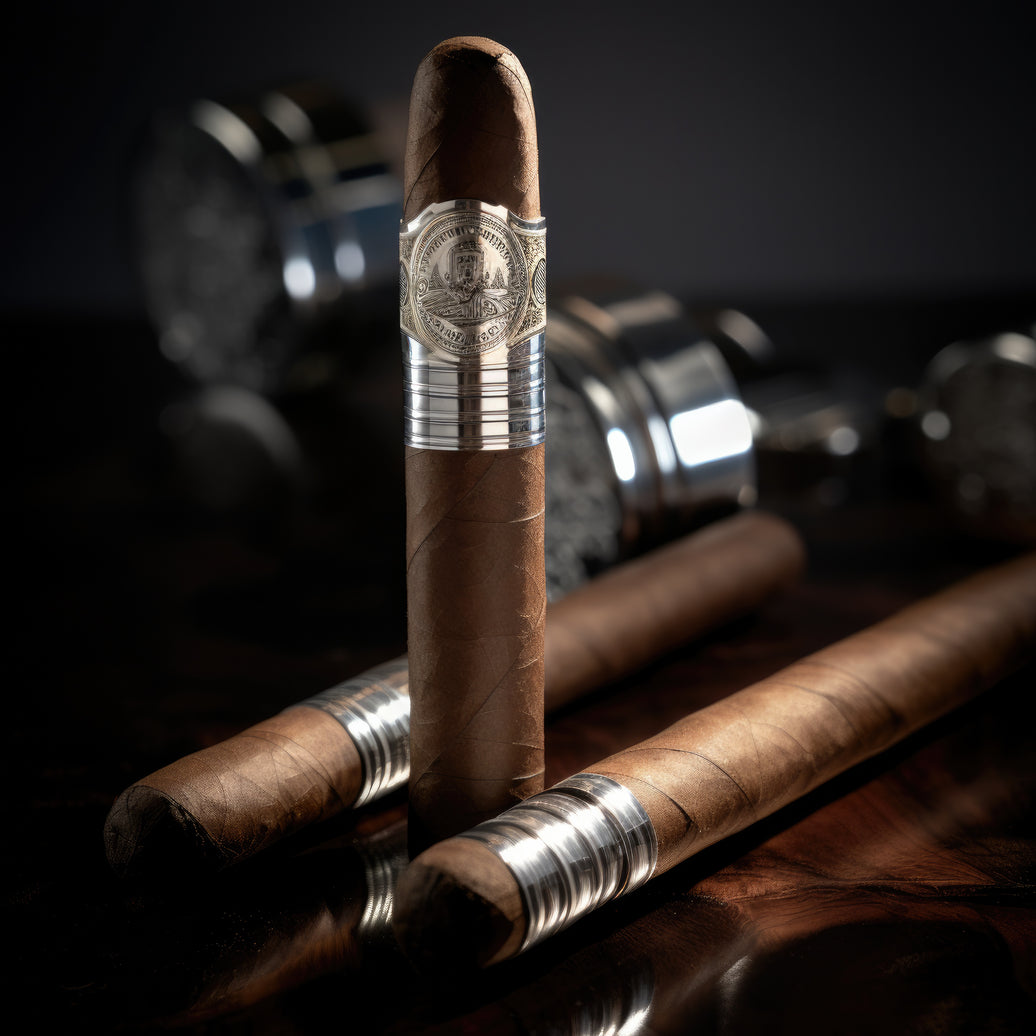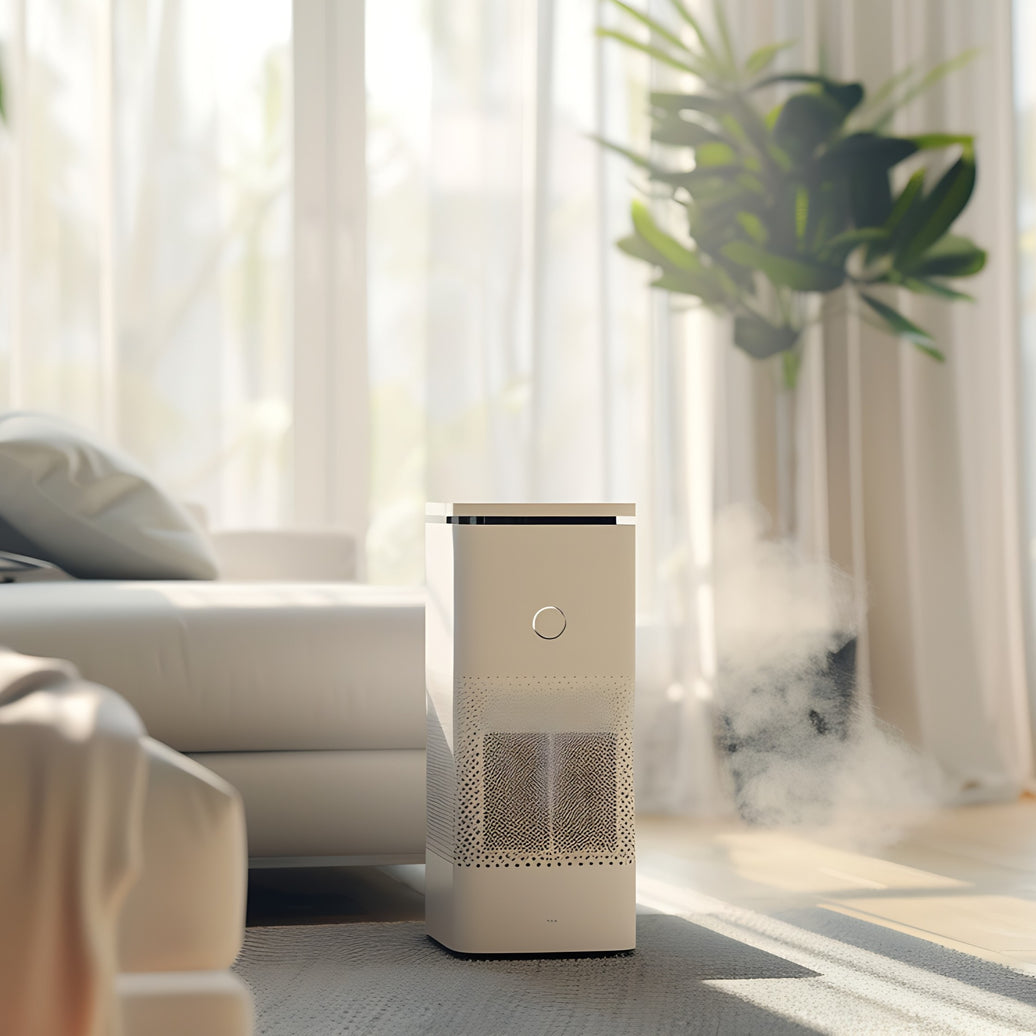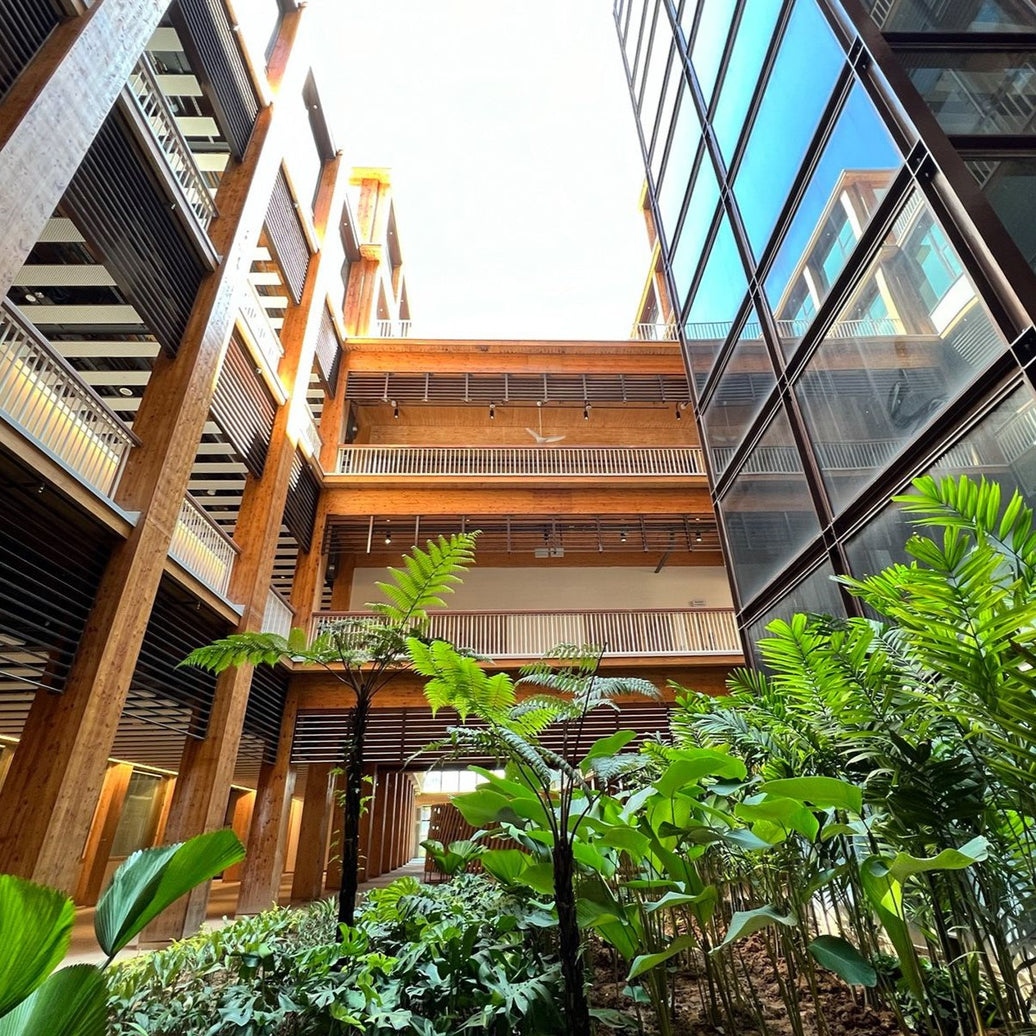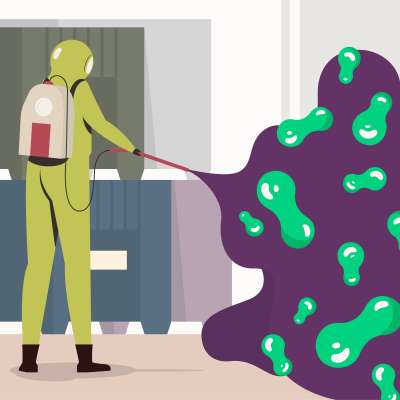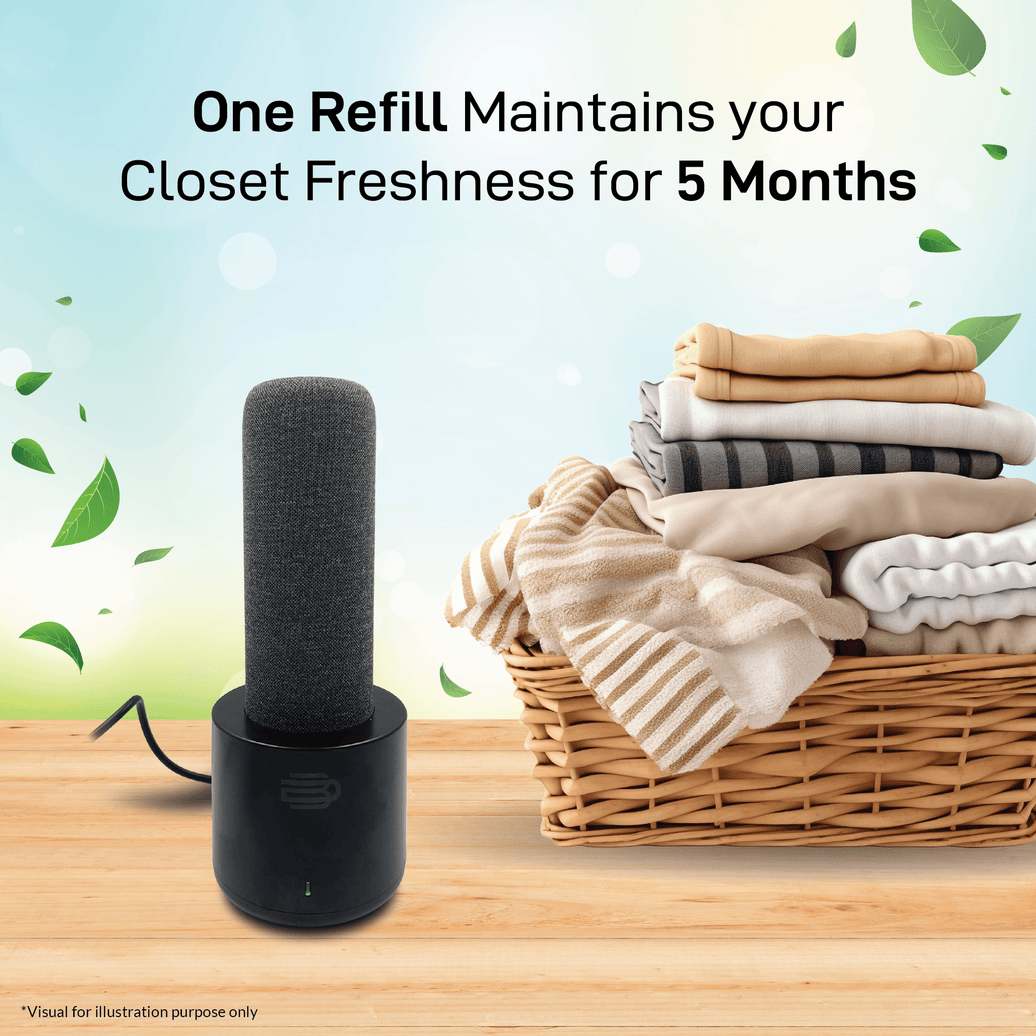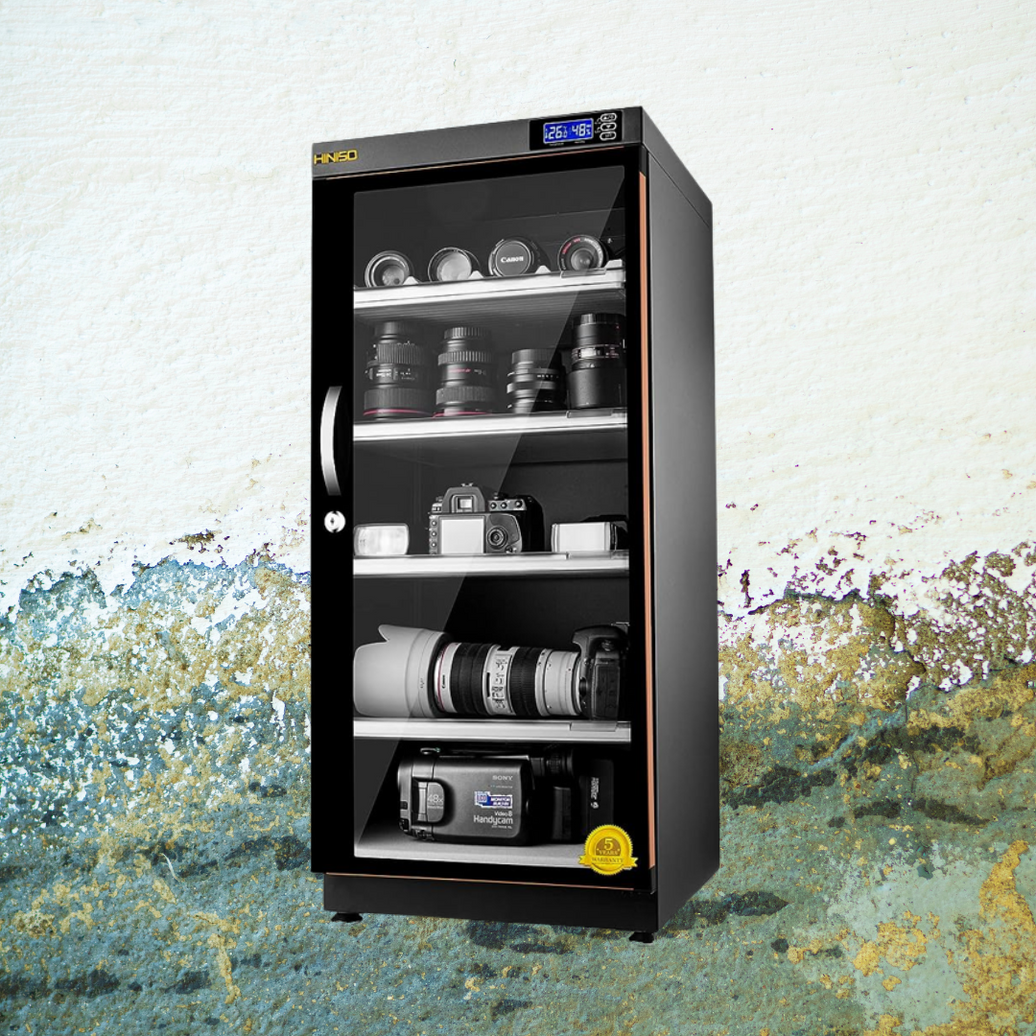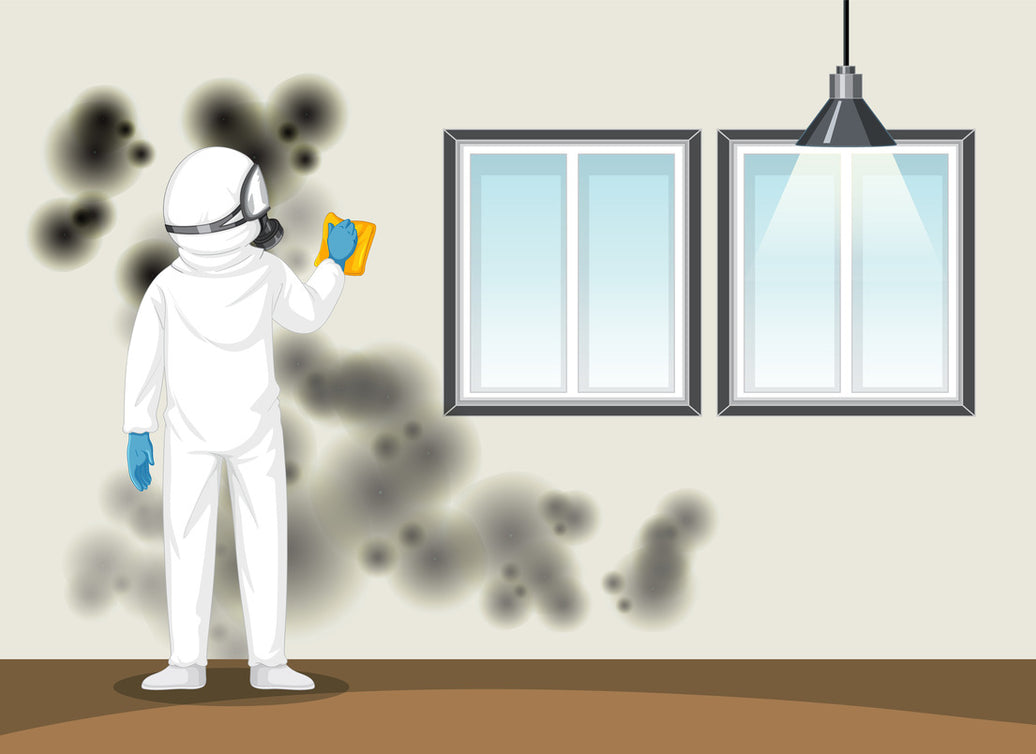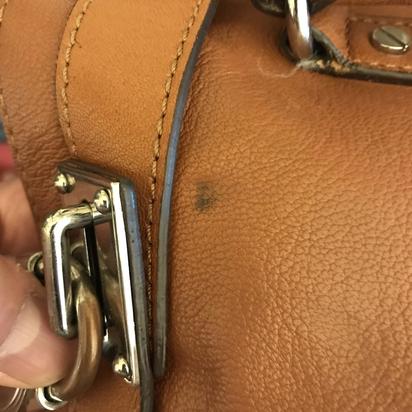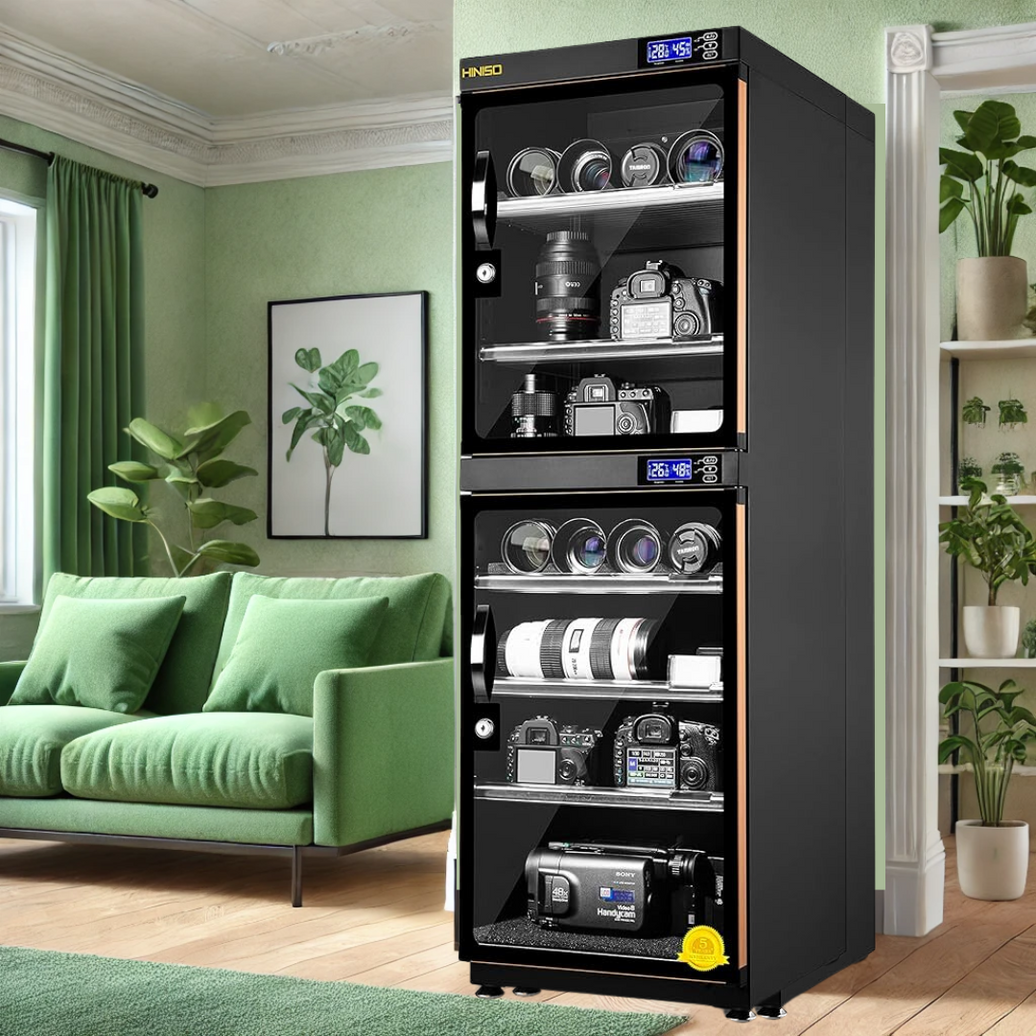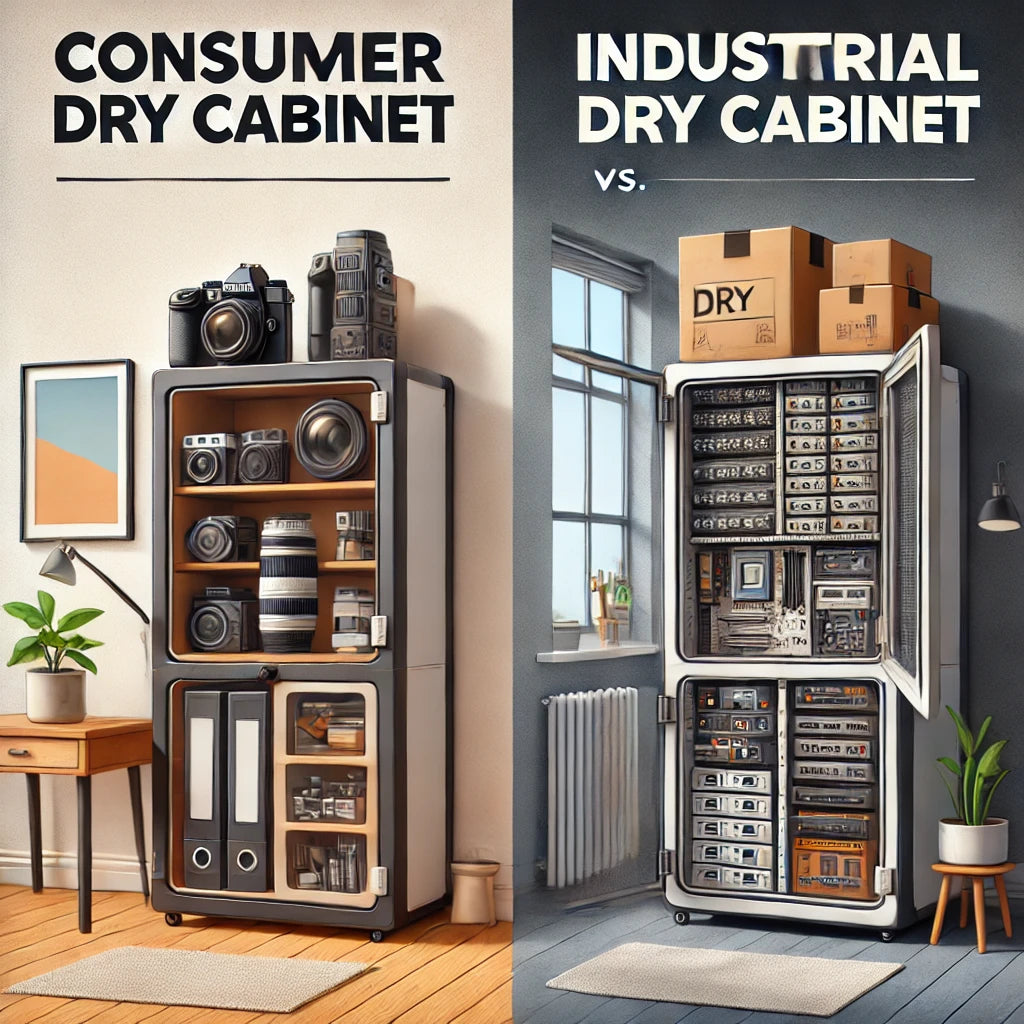When we think about threats to our electronics, most people imagine dust, drops, or power surges. But one of the most silent and destructive enemies is humidity. Whether you’re storing spare computer parts, gaming rigs, or sensitive electronics, moisture in the air can slowly eat away at their performance and their lifespan.
Why Humidity is Dangerous for Electronics
-
Corrosion of Microchips: Excess moisture creates a thin layer of water molecules on circuit boards. Over time, this leads to oxidation and corrosion of microchip connections.
-
Motherboard Failures: Solder joints and copper traces are especially vulnerable. Even slight humidity can cause “tin whiskers” or tiny corrosion paths that short out the board.
-
Hard Drive Damage: Hard drives have precision internal components. When exposed to humid air, condensation can cause head crashes, data corruption, and in severe cases, complete drive failure.
-
Static Electricity Risks: Ironically, too little humidity can increase electrostatic discharge (ESD) risks but uncontrolled fluctuations between damp and dry are the worst-case scenario for sensitive electronics.

Real-World Impacts
-
Electronics stored in humid regions (like Singapore, Malaysia, or coastal cities) often fail prematurely compared to those kept in controlled environments.
-
Data centers spend thousands annually just on humidity control.
-
For home users, losing a hard drive due to moisture often means irreplaceable data loss.

The Hiniso Drybox Solution
This is where the Hiniso Drybox comes in. Designed to maintain stable, low-humidity conditions, it provides the perfect protective environment for electronics.
Why Hiniso Drybox is Ideal for Electronics:
-
Precision RH Control: Adjustable relative humidity (RH) levels, ensuring your components are neither too damp nor too dry.
-
Long-Term Protection: Microchips, motherboards, and drives remain safe from corrosion, condensation, and fungal growth.
-
Energy Efficient: Hiniso dry cabinets consume very little power compared to room dehumidifiers.
-
Multi-Purpose: Aside from electronics, the same unit can safeguard cameras, lenses, watches, and even documents.

Practical Tips for Using a Drybox with Electronics
-
Computer Parts and Motherboards: Keep the relative humidity between 40% and 50% to prevent corrosion while avoiding static buildup.
-
Hard Drives and SSDs: These should also stay within 40% to 50% RH for safe long-term storage and to prevent condensation issues.
-
Cameras and Lenses: Slightly lower humidity is ideal — aim for 35% to 45% RH to prevent both fungal growth and material degradation.
-
IC Components Before Assembly: If you’re storing moisture-sensitive chips or components before soldering, keep the humidity below 10% RH to avoid moisture absorption and reflow damage.
Final Thoughts
Humidity damage is often invisible until it’s too late a shorted motherboard, a corrupted hard drive, or a dead microchip. By storing your sensitive electronics in a Hiniso Drybox, you’re not just protecting components you’re protecting your data, your investment, and your peace of mind.
Hiniso: Safeguarding your technology, one dry environment at a time.

